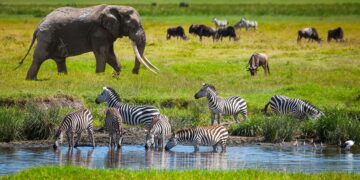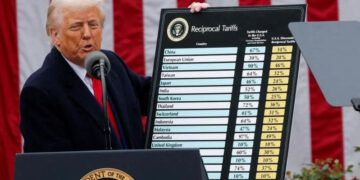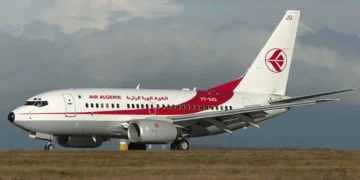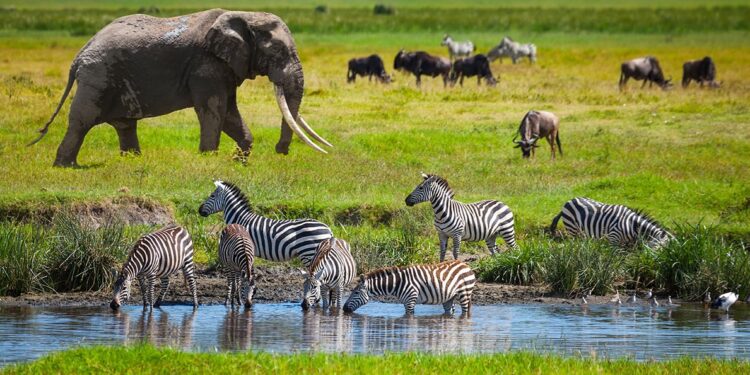By John Ikani
The regulator responsible for Tanzania’s airports has firmly denied allegations of wildlife smuggling from a park in the northern region to Middle East nations.
Reports circulating on social media suggested that wild animals were being illicitly transported via cargo planes from Loliondo, situated near the renowned Serengeti National Park, to the United Arab Emirates.
The Tanzania Civil Aviation Authority (TCAA) has categorically refuted these claims, describing them as “completely false.” The TCAA pointed out that Loliondo Airport was not an authorized entry or exit point for such activities.
Claims surfaced about a plane carrying wildlife on August 26, but the TCAA contested this, stating that the last flight to Loliondo occurred on July 19.
According to TCAA, Loliondo Airport serves as a regular cargo facility, not a conduit for wildlife trafficking.
In a formal statement, TCAA underscored its robust real-time monitoring system, highlighting that all international flights are strictly channelled through designated entry and exit points like Kilimanjaro International Airport (KIA), Julius Nyerere International Airport (JNIA), and Aman Abeid Karume International Airport (AAKIA).
The authority firmly asserted that the reports aimed to tarnish the nation’s reputation and urged Tanzanians to disregard them.
What you should know
Wildlife trafficking is a serious problem in Tanzania, and it is estimated that the illegal wildlife trade generates between $5 billion and $23 billion in revenue every year.
The most commonly trafficked animals in Tanzania are elephants, rhinos, lions, leopards, and pangolins. These animals are poached for their ivory, horns, and scales, which are used in traditional Chinese medicine, jewellery, and other decorative items.
Tanzania’s seaports, especially Dar es Salaam and Zanzibar, are highly vulnerable to wildlife trafficking. These ports are major transit points for goods and people, and they are also relatively easy to smuggle wildlife through. In 2009-2015, more than 23 tonnes of ivory were seized at or originated from Tanzanian seaports.
The Tanzanian government has taken some steps to combat wildlife trafficking, but the problem remains serious. In 2017, the government established the Wildlife Trafficking Prevention and Control Authority (WTPCA), which is responsible for coordinating the country’s anti-trafficking efforts. The WTPCA has also worked to strengthen law enforcement and increase public awareness of the issue.
Despite these efforts, wildlife trafficking remains a major problem in Tanzania. There are a number of challenges to combating the problem, including corruption, weak law enforcement, and high demand for wildlife products in Asia. However, the Tanzanian government and conservation organizations are working to address these challenges and protect the country’s wildlife.




































